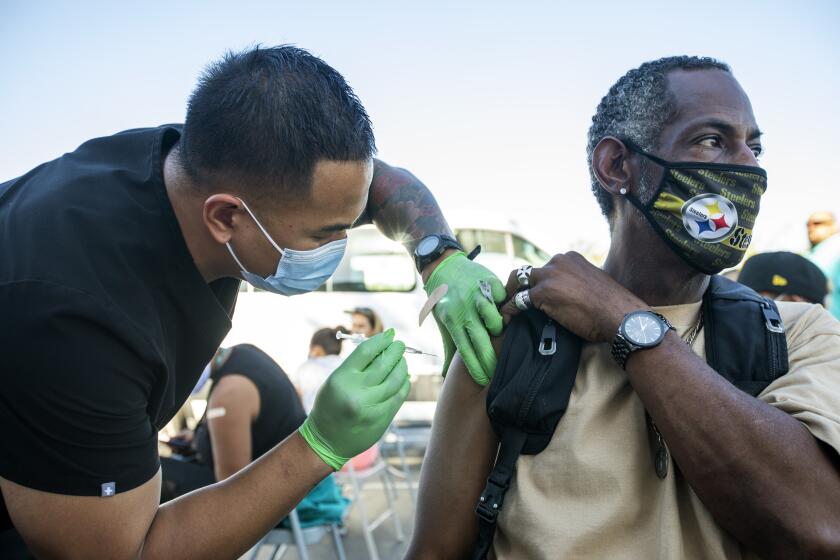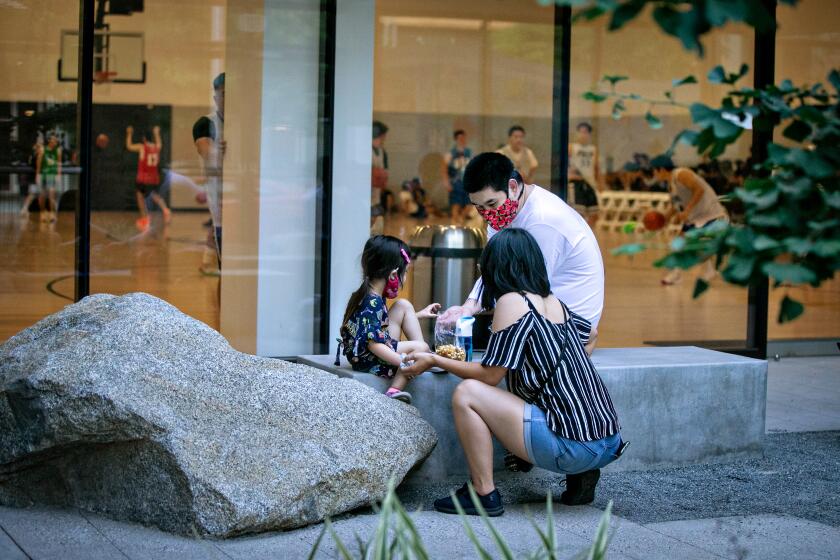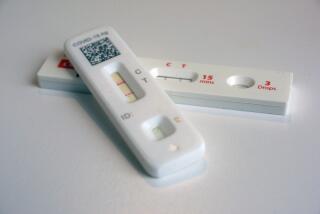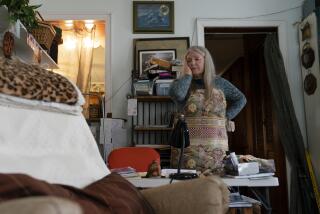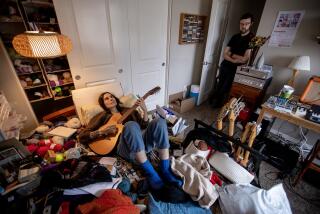Being a COVID long hauler has taught me to be fearless, push back and take lots of notes
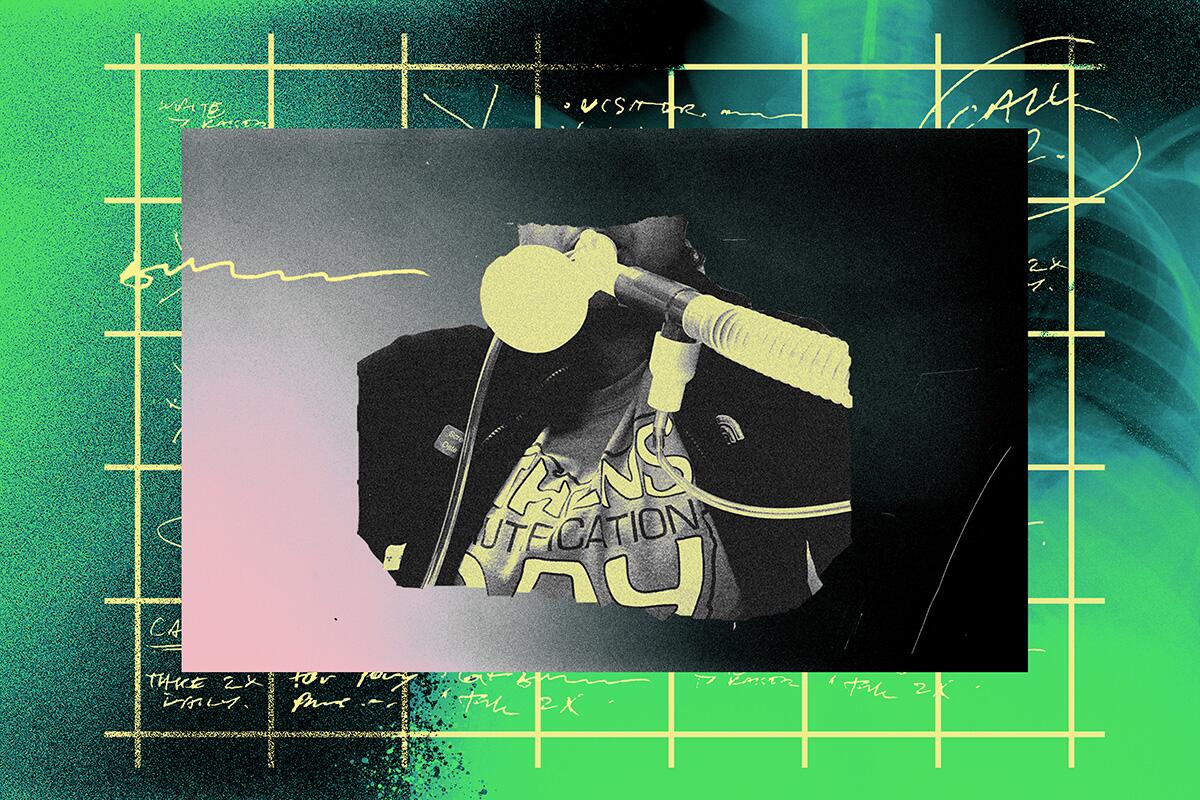
I was just relaxing, sitting on the couch watching “Friends,” but I knew something was wrong. My heartbeat was fast and abnormal. I started wheezing and felt breathless.
I checked my oxygen and heartbeat and both were unusual — 90% and 150 beats per minute — so on what had been a normal Thursday evening, Oct. 28, 2020, I called my family. Then I called 911.
The ambulance tech said, “Oh, honey, you’re just having an anxiety attack.” I might have been anxious, but I knew there was something deeper going on.
And I had dealt with skepticism before. A week earlier, and five months before that, doctors had told me I was too emotional. I had overcome a case of COVID-19 in spring, and two doctors said there was no way I was still experiencing symptoms of the disease.
Across from my room at a Los Angeles hospital, patients were on ventilators. Tests showed that my heartbeat was indeed irregular and my oxygen low.
My coronavirus test came back negative. The doctor thought I might be having issues with my heart and lungs. Or maybe there was another type of infection. I was released with some heart meds and told to see a cardiologist.
The next few months snowballed into 135 appointments. After seeing 32 doctors, going through 47 tests and seemingly countless blood draws, I learned there’s a term for me: I am a COVID-19 long hauler, and the experience has taught me much about myself, the medical system, the value of friends and family.
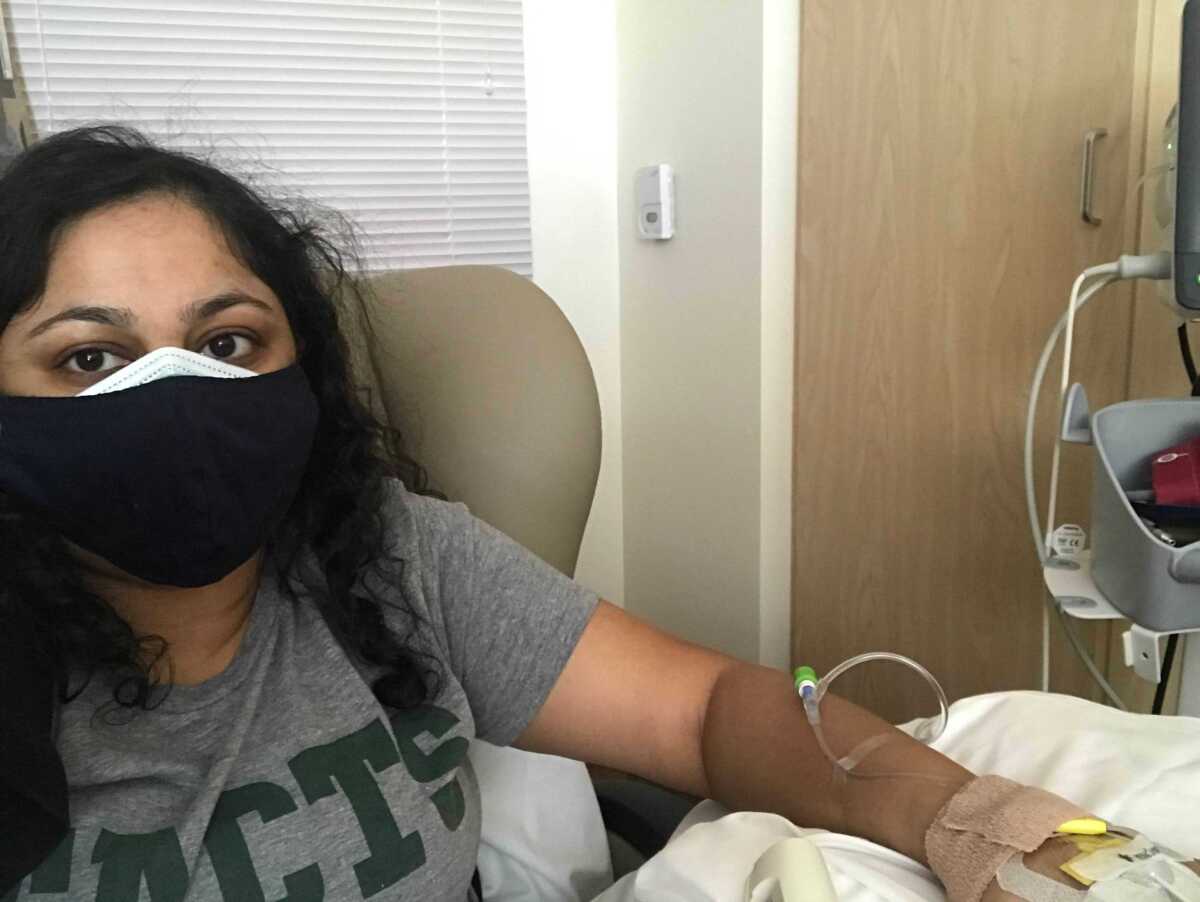
My first symptoms appeared not long after the lockdowns imposed in March 2020. When I called my doctors, they advised me to quarantine and stay home unless my oxygen levels fell below 88. My sister overnighted me an oximeter so I could monitor my oxygen and heartbeat, and my oxygen level dipped to 90 but no lower.
It’s been 1 year, two months and 22 days since my coronavirus infection was confirmed. I first showed COVID-19 symptoms on April 2, 2020, and tested positive two weeks later, when I had to drive myself to the South Bay Galleria to get a swab. I fought a 103 fever for a month, lost my sense of taste and smell and endured severe body aches and wheezing.
I came back to work, virtually, in May, still fatigued and having a feeling that something wasn’t quite right. I was sleeping 10 to 12 hours a night, felt dizzy, had migraines that lasted for days and could barely get up and down the stairs to retrieve my mail.
I remember the day my taste came back because it was my dad’s 60th birthday, June 5. I made lemonade with too much lemon and could taste the sourness I had been missing for two months. I was so happy I cried.
Over the summer of 2020, I did what I know best as a journalist who specializes in assembling and assessing data: take notes and collect stats. Because many hospitals were being flooded with COVID-19 patients, I was told to wait and maybe the “cold” would resolve itself. It never did.
(The only time I was grateful for having this horrible disease came late that summer, when my dad had a heart attack in New Jersey. I was able to fly back East because I had already built up coronavirus antibodies, even though physical effects lingered.)
In all, 195 days passed after my COVID-19 diagnosis before I finally got the care I needed.
Being a COVID long hauler has taught me to be more fearless, resilient, meticulous and inquisitive than I ever was before.
Since March 2020, the Los Angeles Times has been tracking recoveries from COVID-19. I am one of these people marked on our page, but surviving and recovering are not the same thing. As people are ditching their masks and returning to normal activities, I can’t help but think about the untold number of people who are just like I was last summer, wondering why they are so tired all the time.
“The night I was told I was just being anxious, there wasn’t even a medical code...for people like me. My doctor wrote down, ‘Post COVID syndrome.’”
— Sandhya Kambhampati
I also can’t help but think of those who feel uncomfortable speaking up for themselves, especially in a healthcare system that can be daunting to navigate. Cue the stereotype of the demanding journalist, but it came in handy as I confronted long COVID-19 — and doctors.
Because I knew deep down that something was wrong with me, I pushed back. Just one example: After I insisted a doctor refer me to a specialist, he finally referred me to my rheumatologist, an amazing physician who follows the latest research on post-COVID patients.
Being a patient means not only having to advocate for yourself but educating yourself on the types of doctors, exams, blood tests and the confusing system of co-pays/deductibles.
My family, which is filled with doctors of all specialties, has coached me from the sidelines on questions to ask, but I always go back to the five Ws of journalism — who, what, when, where, why. Using another reporter’s trick, whenever I am told something, I repeat it back to the doctor to make sure I understand.
I take a notebook to every visit to jot down notes. During the height of the pandemic, I wrote everything in my phone because it was easier to sanitize, then transferred the notes to my notebook at home.
If tests are ordered, I ask doctors to please explain the test in plain terms that I can understand, why it’s needed and possible repercussions of the procedure.
The big question, as the Delta variant of the coronavirus spreads, is whether fully vaccinated people can act as carriers, passing the strain to unvaccinated people.
Consulting “Dr. Google” may seem easy, but I do not recommend searching your symptoms on random websites. I visit only WebMD or sites maintained by the Mayo Clinic or Centers for Disease Control and Prevention. Sometimes it may feel easy to Google your symptoms, but it’s better to just ask your doctor.
Two other useful habits I picked up since my ordeal began: I always ask for the direct line for the doctor so I don’t get the runaround. And I arrive at appointments early, just in case they have a cancellation and can squeeze me in earlier.
Every time I check my oxygen or heart rate, I log my data into a spreadsheet. I come to my appointments with vivid details of symptoms and notes.
“Each time doctors found one thing, another test would turn up something new to investigate. One doctor jokingly said my symptoms were like dealing with ‘whack-a-mole.’”
— Sandhya Kambhampati
These habits would be useful for any lingering illness, but they’ve been especially useful as science races to learn more about COVID-19 and the lingering effects.
When the ambulance took me to the hospital last October, the night I was told I was just being anxious, there wasn’t even a medical code — a numeric shorthand indicating treatment or ailment — for people like me. My doctor wrote down, “Post COVID syndrome.”
The doctor said that it would have been “nice to put you in a category” to track my progress, but the disease was still so new. Now, there are codes for each type of damage COVID inflicts, and they are used by every specialist I go to.
Because the symptoms are unusual and no one really knows the full long-term impacts of the disease, doctors are doing what they know: treating the symptoms, running tests and ruling out what they know it is not.
With kids under 12 still ineligible for the COVID-19 vaccine, how worried should parents be about the Delta variant?
The disease takes many forms and every hour, every day, researchers and doctors are discovering new things. Researchers are finding that not everyone has the same symptoms, making each patient like a snowflake, unique and in uncharted territory.
For me, what started out with a cardiac monitor turned into a few pulmonary function tests, CT scans, and even an altitude test to make sure I could fly safely to a friend’s wedding this summer. Each time doctors found one thing, another test would turn up something new to investigate. One doctor jokingly said my symptoms were like dealing with “whack-a-mole.”
In the winter, on Dec. 23, 2020, I got a call from respiratory therapists who were starting a new program for COVID long haulers. They began the program because the parents of one of the therapists had come down with COVID-19. His father survived, but his mother did not. He wanted a way to help others recover.
They told me I was going to be patient No. 5. I was stunned that so many months into the pandemic, I was only patient No. 5. How could that be? They told me they add patients based on the likelihood of survival.
I still feel like I hit the lottery with this program. I was unable to see a pulmonologist at the time because they were all needed in the ICUs. But my rheumatologist ordered a pulmonary function test. The numbers showed I needed to be put on stronger inhalers, a medicine that I inhale because of the lung damage.
They asked me to record my heartbeat and oxygen, and I already had spreadsheets full of data. After 12 weeks, I graduated from the program in April and with new breathing techniques and exercises, I have made my lungs stronger, and they are healing every day.
I am grateful I have understanding editors, the financial means to afford treatments and to be able to take a Lyft to my appointments when I wasn’t allowed to drive because of the medications I was on, and the support of many doctors in my family who followed every test I got with a phone call. I’m also grateful to my body for helping me fight through this and recover.
This pandemic has heightened the inequities, especially among people of color and women like myself. It has been long and isolating, and has made me see how fragile life can be. I don’t take for granted the privilege that I have to be able to call my parents, family or friends at the drop of a hat, thanks to FaceTime, WhatsApp and high-speed internet. I believe being an educated patient is key to getting the care you need.
I also know that as a person who speaks English, I am privileged. I have had to translate Spanish for a few people in waiting rooms as I saw them struggling to communicate with the nurses and staff.
I am very grateful that I am here today and some days I feel the survivor’s guilt. I think of the thousands of individuals who don’t have access to affordable health insurance, and of those who didn’t survive. I also feel for those who have lost their loved ones.
I’ve learned not to take no for an answer, and to say no when I need to rest. One of my doctors joked, “You take more notes than any other patient I’ve had before.”
These days, my oxygen is 96/97 on most days, and I am able to go up and down the stairs without being winded. I’m still going for tests to resolve some of the symptoms. I can hold interviews and not lose my voice until late in the day. And I can write and share my story.
Share your story
While I recover, I’ll continue to report on the long-term effects of COVID-19. If you’re also a long hauler, I’d like to hear about your experience. If you want to share your story, send me an email at sandhya@latimes.com.
More to Read
Sign up for Essential California
The most important California stories and recommendations in your inbox every morning.
You may occasionally receive promotional content from the Los Angeles Times.
